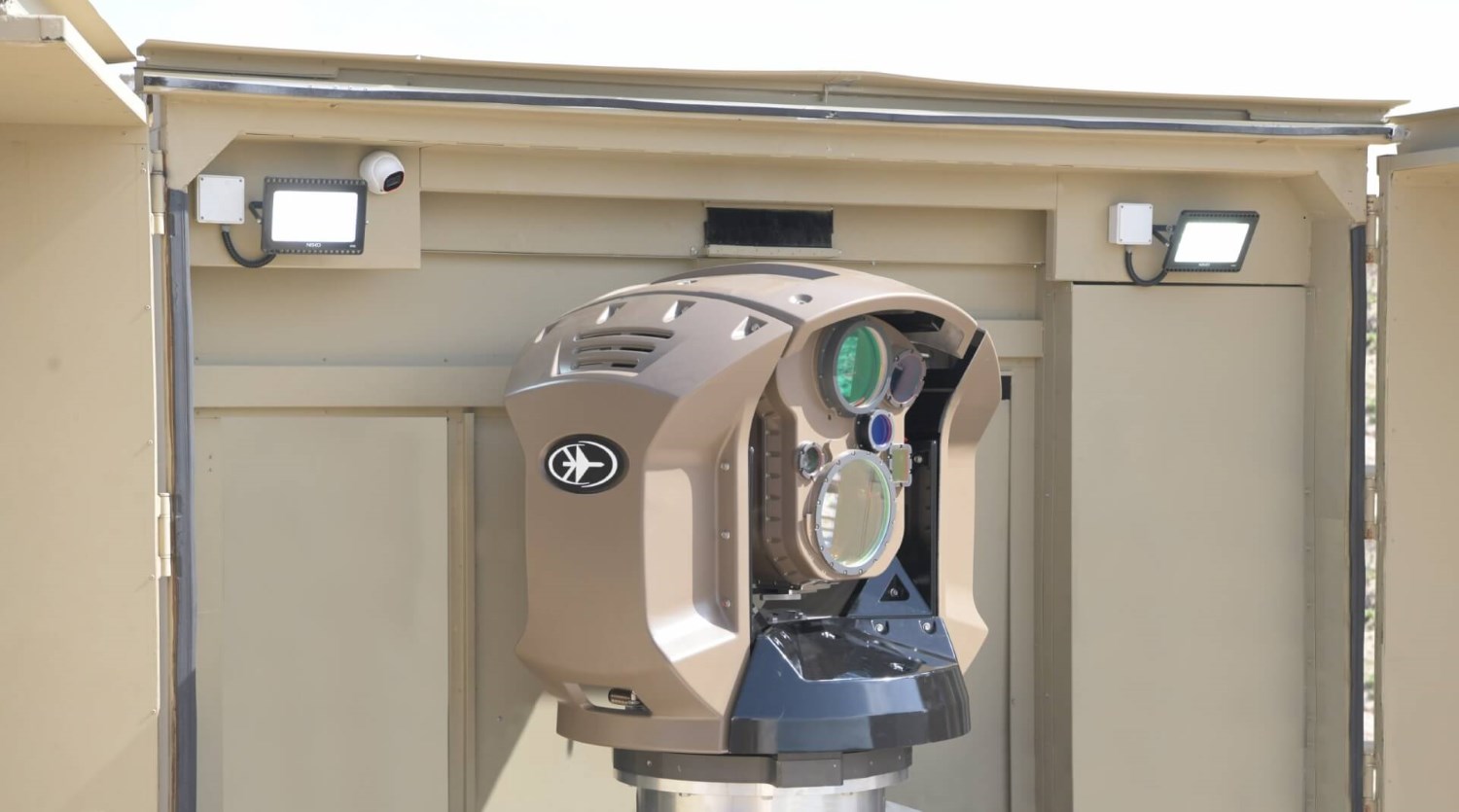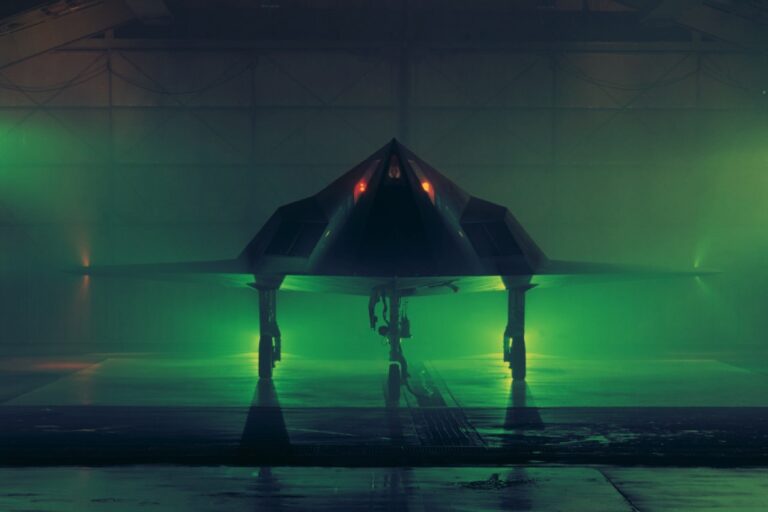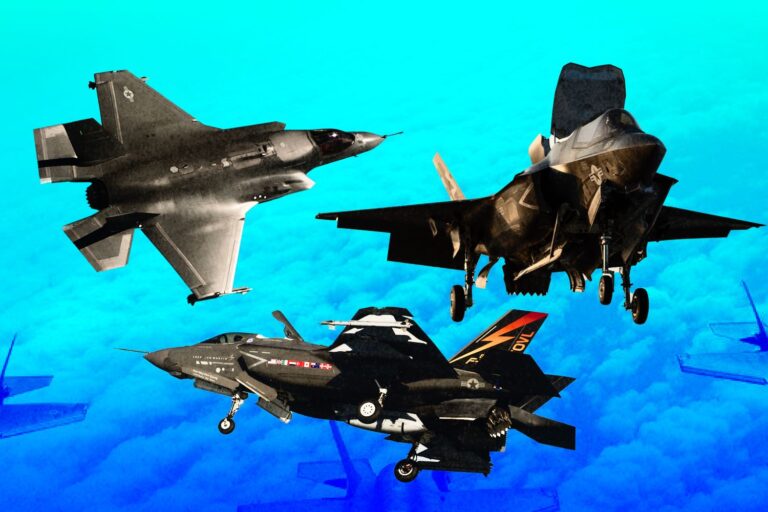God Mode Switched: Intense Laser Weapons Arms Race
It is the first time for a conflict to be streamed on social media, with Twitter being an “streaming platform”, we are talking about the war between Russia and Ukraine.
Yet, this is just a part of how groundbreaking the battlefield is. Additionally, it has served as a testing ground for novel, distributed applications of unmanned aircraft systems, or drones, for enemy bombardment and surveillance.
This new and disruptive technology, not to mention hypersonic missiles, have shifted the balance and cost-effectiveness of traditional missile defense systems, forcing military engineers to come up with new mechanisms to combat them, and lasers appear to be the main character.
Lasers are getting weaponized across the board to take on targets from a distance, and interestingly enough, this idea goes way back to the Cold War days.
Laser Pursuit – Yearslong As an Impossible Mission
There are various types of lasers. In the past, the U.S. military tried out chemical lasers. These lasers need a lot of dangerous chemicals to make the reactions that generate a strong laser.
Laser weapons research began in the 1960s as a kind of moonshot, a reach goal that people originally mocked. The United States aimed to harness directed energy weapons to pinpoint and eliminate nuclear-armed intercontinental ballistic missiles.
by 1986, missile defense technology had an annual budget of three billion dollars. Regrettably, the initiative to employ lasers on nuclear weapons was eventually abandoned due to challenges related to trajectory, scale, and the difficulty of maintaining beam integrity over long distances.
“If look at what’s going on today with the Space Development Agency and the Missile Defense Agency, they’re actually embracing, for the space layer, key ideas that were being raised in the late ’80s and early ’90s,” said Professor Aaron Bateman of George Washington University.
The initial concept of using laser technology to defend the homeland against nuclear attacks was undoubtedly one of the most challenging mission sets for this weapon. However, this program established many fundamentals and basics, laying the groundwork for the practical laser weapons we have today.

Just a few years ago, this technology is still far to reach, to explain the reason for this, Laura DeSimone, MDA executive director said that “Part of why the Missile Defense Agency in the past few years kind of backed away was that technology needed still needed to mature. It needed to mature in power levels that could be delivered on target, and needed to mature and reduction of the size, weight and power requirements to produce the directed-energy effects,”
In the last few years, there was a lot of interest in laser technology, especially in 2015 thanks to Congress. This interest faded, but it picked up again during the Trump administration, led by Pentagon’s Mike Griffin. The main issue has been that the technology wasn’t fully ready for widespread use.
However, in recent months, the agency has observed “technology maturation is happening,” particularly at the US national laboratories, the Department of Energy, and within the industry, as mentioned by Laura DeSimone.
High Energy Weapons Prime Time – Technology Maturation is Happening
“I mean, there have been some really impressive results,” DeSimone said. “We’ve been doing studies all along, and looking at lethality effects and doing experimentation. But we think that, finally, we’re starting to see some real progress and, and so that’s why the increased emphasis.”
The Missile Defense Review from the Biden administration in October 2022 emphasized the necessity for “non-kinetic” options in response to evolving threats.
Over the past few years, the Defense Department has significantly increased annual funding—billions of dollars—for various research and development initiatives focused on high-energy lasers and microwave weapons.
Masao Dahlgren is a fellow with the Missile Defense Project at the Center for Strategic and International Studies (CSIS), he said “We’re focusing on missions that can’t really be handled very well with traditional weapons systems.”
In July 2023, the US Army awarded a contract worth $221 million to Lockheed Martin to develop a high energy laser system designed to defend against aerial threats.

Colin Demarest, Reporter C4ISRnet stated that, “The people I talk to say we’re in a good place right now for directed energy. It’s out there on ships. The Army’s testing it. The Air Force is testing it with Thor, for example. But there’s still a way to go. In fiscal 2023, they requested around $670 million for unclassified research and testing, and then about $345 million for unclassified procurement.”
Now the high directed weapons mission has made a comeback, people might wonder why nations across the sea, and the US still pour ton of cash into this. One reasonable cause is the recent advances in drone and cruise missile technology have forced the ability to cheaply intercept these small targets to be more crucial.
Troubleshooter – More Accurate, Less Expensive
Drones have totally transformed the nature of war in the air, on land, and at sea, providing an affordable alternative. Drones that revolutionized the conflict in Ukraine are the DJI Mavic, which run about $2,000 apiece. When equipped with explosives, these drones have evolved into a low-cost way to take shot at multimillion-dollar tanks.
Although standard anti-air defense threats involve precision missile strikes, launching such weapons could result in substantial costs. For example, the least expensive of these systems, MANPADS, uses Stinger missiles, which cost about $100,000 apiece. Greater financial burdens are associated with larger systems, such as the $3 million average cost per unit PATRIOT missile.
In tackling the challenge of price asymmetry, engineers have explored different solutions over the years, such as anti-drone nets and radio-frequency drone blasters. However, none have proven as feasible for integration into military layered defense systems as lasers.
The key objective of deploying laser systems is to strengthen a nation’s layered or integrated defense strategy. Integrated defense is a combination of layered systems of radars, ground and sea-based missile defense systems, and fighter jets, with the main goal of deterring traditional targets. Counter Rocket, Artillery, and Mortar (C-RAM) systems are another avenue to address asymmetric aerial attacks.
A multi-layered system proves effective against a range of threats, but the emergence of low, slow, and small threats like quadcopter drones can undermine a nation’s defense. Cost is a vital consideration in layered defense systems, and lasers offer a powerful solution to this challenge.
Take a naval C-RAM unit, for instance, which unleashes 4,500 rounds per minute with each multipurpose tracer high explosive round priced at around $27. A 3.43-second burst would tally up to $6,978. In contrast, an equivalent burst from a 250kW High Energy Laser would cost less than 25 cents, and the plus advantage is you never need to reload.
Thanks to technological breakthroughs, electric lasers have become increasingly prominent today. These systems are far more compact and scalable compared to chemical lasers. In other words, their power output can go much higher without needing their size to increase, and they are called HEL, high energy lasers.
Military companies such as Raytheon are developing these systems for use on ground to defend against new and deadly LSS targets like drones or swarms, as well as short-range airborne threats like RAMs.

These modular systems can generate up to 50kW of power, capable of melting polymer plastic drones in seconds. The Compact Laser Weapons System (CLaWS) has been deployed at sea on American Naval ships since 2014. While the power output is classified, estimates range from 50kW to the megawatts, with a range surpassing that of Raytheon’s modular High Energy Laser (HEL).
Operating both laser systems is remarkably easy to learn, utilizing Xbox-like controllers for aiming, locking on, and firing at targets. Despite costing over 5 times more than a traditional Counter-RAM unit, the long-term spending on these systems is expected to decrease over time.
Despite being more technologically advanced, with potentially more complex manufacturing processes, these systems boast the advantage of fewer moving parts and no physical ammunition. This not only reduces logistical costs significantly but also allows for more precise and accurate shots.
Lasers are great, but to deploy these weapons in the battlefield is not that easy since they also have legal hurdles to contend with, and that’s not the only difficulty.
Counter Roadblocks – Obstacles to Contend With
When introducing new weapon systems to combat, it’s not only the operational and financial aspects that are taken into account. The assessment of emerging weapons technologies, like laser weapons, must also consider legal principles and rules.
According to international law, all states are obligated to evaluate whether the use of new weapon systems would violate relevant international rules.
Bryan Clark, Senior Fellow and Director Center for Defense Concepts and Technology Hudson Institute said, “You know, under current interpretations of international law, laser weapons are generally not considered usable against people, so directly against people. So, you can use them against a platform, you can use them against weapons, but using them as an anti-personnel weapon is considered to be illegal.”
Besides legal concerns, there are still some setbacks in this technology. Since they don’t use standard ammunition, directed-energy weapons “have a shorter range than more conventional weapons systems,” Business Insider reported. In addition, their laser-tracking technology can often be “negatively impacted by weather conditions such as fog or storms,” the outlet added.
When it came to conventional weapons, the Pentagon “knew what those capabilities were and trained the soldiers how to use them. We had a plan doctrinally,” Lt. Gen. Rob Rasch told Defense News. “Directed-energy is an area that we didn’t know as much about, not just from how to make them but how we’re going to employ them,” Rasch said.
So, while the military knows how to develop directed-energy weapons, what they’re less certain of “is how to fight with them,” Rasch added.
There are some bitterness in this race, however, with the potential that is going to give the upper hand in warfare, nations come to gamble.
Laser Systems Aren’t Only of Interest in America
The Peresvet, a ground-based anti-satellite laser, is one of the special laser weapons that the Kremlin said would be deployed in May 2023. According to publicly available data, Russia presently has six active units.
The weapon is designed to disable or destroy reconnaissance satellites from ground level, with a suspected range of 1500 kilometers or 930 miles. It does this by shining a strong beam of light into the eyes of sensitive lenses and electrical devices. This differs from the thermal combustion approach used by missile and anti-drone lasers, which allows for a far greater effective range by requiring a less energy-dense beam.
Therefore, assuming Russia’s claims about their laser capabilities are accurate, though this remains uncertain, it would potentially place satellites in low earth orbit within the effective range of the Peresvet. This encompasses satellites like Starlink and crucial constellations vital for Ukrainian and U.S. command and control, operating at an altitude of approximately 550 kilometers, as stated on their respective websites.
The French government is investing about $5 billion in getting laser weapons as part of their modernization plan. The U.S. military is putting in one billion dollars each year for directed energy weapons. Israel’s Iron Beam project, a laser version of the Iron Dome, is getting closer to being deployed.

As the competition in laser weapons intensifies, there are increasing calls for China to narrow the gap with the United States in laser weapon development. This capability is seen as crucial for the future of missile defense and counter-satellite warfare.
However, in April 2023, the South China Morning Post (SCMP) reported that China is urged to prioritize the development of practical laser weapons, an area where it is believed to be lagging behind the United States.
Their drawbacks include size and bulk, substantial power requirements, weakening power over distance, and sensitivity to weather conditions.
Zhou Chenming, a researcher based in Beijing, was quoted by SCMP stating that while China excels in producing smaller laser weapons, it lacks larger models capable of intercepting bigger targets such as missiles or being installed on warships or airplanes.









